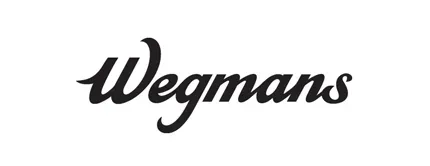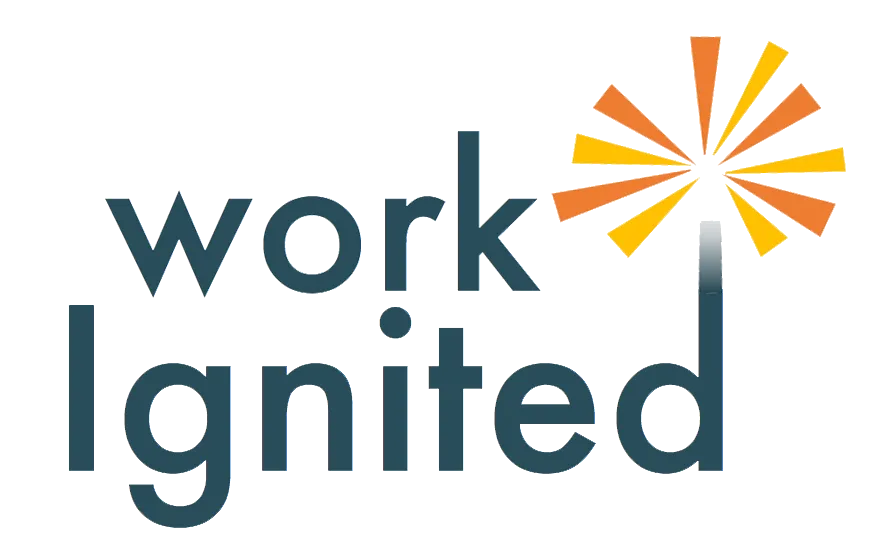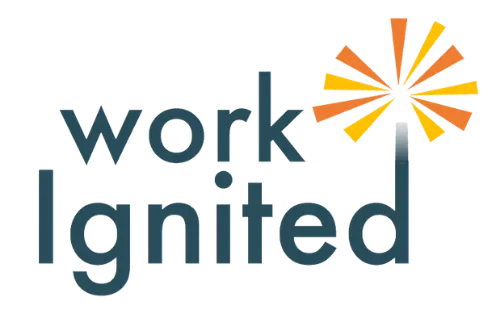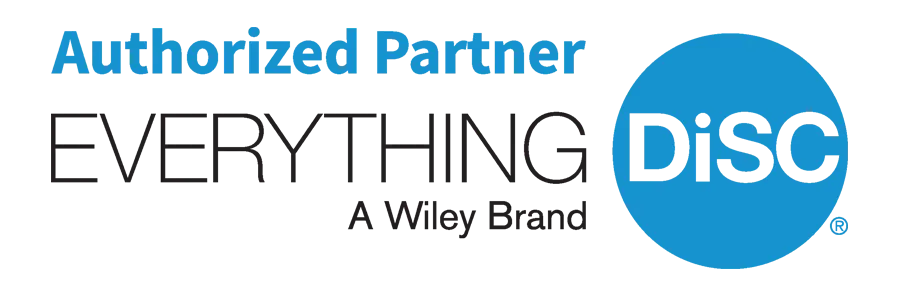
Getting Buy-In from 4 Types of Executive Decision Makers
I know how much wisdom you have, how good your ideas are, and how much you want to make an impact. But, I’ve seen far too many learning professionals, coaches, and consultants struggle to influence de... ...more
Influence
March 22, 2024•5 min read

4 Tectonic Shifts That Make Digital Courses a Necessity in Business
For years, corporate e-learning was full of boring, click-through-as-fast-as-you-can programs that were primarily used for compliance and tactical training. But today's digital courses are full of int... ...more
Online Learning
March 22, 2024•3 min read

Do You Have a Big BUT?
Haha! I gotcha on that one, didn’t I? Notice, it’s but with one ‘t’ and not two. Last week, I was coaching someone as we reviewed her 360 degree feedback results. She was a lovely person with phenom... ...more
Communication
March 22, 2024•4 min read

Navigating Workplace Change Together
Seeing these beautful leaves while I've been out on my motorcycle got me thinking about change. I love the Fall leaves and the changes that come along with them - apple cider, Halloween, Thanksgiving.... ...more
Change ,Strategy & Vision
March 22, 2024•3 min read

Fun Facts About AI
You can't go to a news site without seeing something about Artificial Intelligence. Some people love it. Some people fear it. For many people, it's just an unknown. Wiley Publishing recently surve... ...more
Online Learning
March 22, 2024•4 min read

3 Leadership Lessons From My Fantasy Football Team
Despite being a cheerleader for 10 years of my life and my unwavering support of my beloved Buffalo Bills, I really know very little about football. I'm mystified when people explain how plays are set... ...more
Leadership ,Recognition &Workplace Culture
March 22, 2024•3 min read
Click the images below to achieve your goals.

Assessment
Solutions
Explore our assessments for candidate screening, development, team building, succession planning, and more.

Fabulous
Together
Give the women in your organization the coaching, confidence, and connections they need to have successful careers and a fabulous lives.

e-Learning
Made Easy
Create an amazing learning experience
whether your team is
at the office, at home, or on the go.

Lead
Ignited
Be the best leader you can be
with this award-winning
learning opportunity.

Collaboration
Breakthrough
Create a workplace you love with our best-selling book, employee survey, and interactive team experience.

Coaching
Conversations
Replace your archaic review process
with an online system to
guide GREAT conversations.
Download the Best Interview Questions
for Virtual Job Candidates
Look who's using our assessments today:






Check out our recent news and blog.

Target the Right Size Business for Coaching & Training Services
Here’s a mistake I find new coaches and course creators make when they’re just beginning their business-to-business journeys. They try to sell to big companies. Sure, it seems appealing to sell to pl... ...more
Prospecting
March 29, 2024•4 min read

The One Thing I Wish I Knew When I Started Making B2B Sales Calls
When I first started my business, I was really intimidated by people in power. I’d be invited to speak to family-business owners whose names were on their buildings or CEO’s running multi-billion doll... ...more
Prospecting
March 29, 2024•3 min read

Pay Yourself First
I have a darling friend named Sam. She is ambitious, energetic, and talented. Not long ago she wanted to leave her job that had burned her out. She was making a career change, had a desire to start he... ...more
Run Your Business
March 29, 2024•2 min read

3 Mistakes I Made While Building My B2B Business
Mistakes. They happen to everyone. Yes, you learn from them. Yes, they help make you stronger. Yes, they are inevitable. But, let's see if I can help you avoid some, Okay? In fact, I'm going to share ... ...more
Run Your Business
March 29, 2024•5 min read

The Biggest Objections of B2B Decision Makers
Top sales people understand the most common objections they’ll hear from customers. They prepare for them, so they are ready to overcome them. So, today, let's talk about typical reasons B2B purchaser... ...more
Prospecting
March 29, 2024•2 min read

Why Life as a Coach and Course Creator is Easier with B2B Sales
I get it. When Covid initially threatened my in-person training and coaching business, I decided to hop on the digital band wagon. All the experts told me that I had to be active on social media. So, ... ...more
Why I Love My B2b Business
March 29, 2024•3 min read




